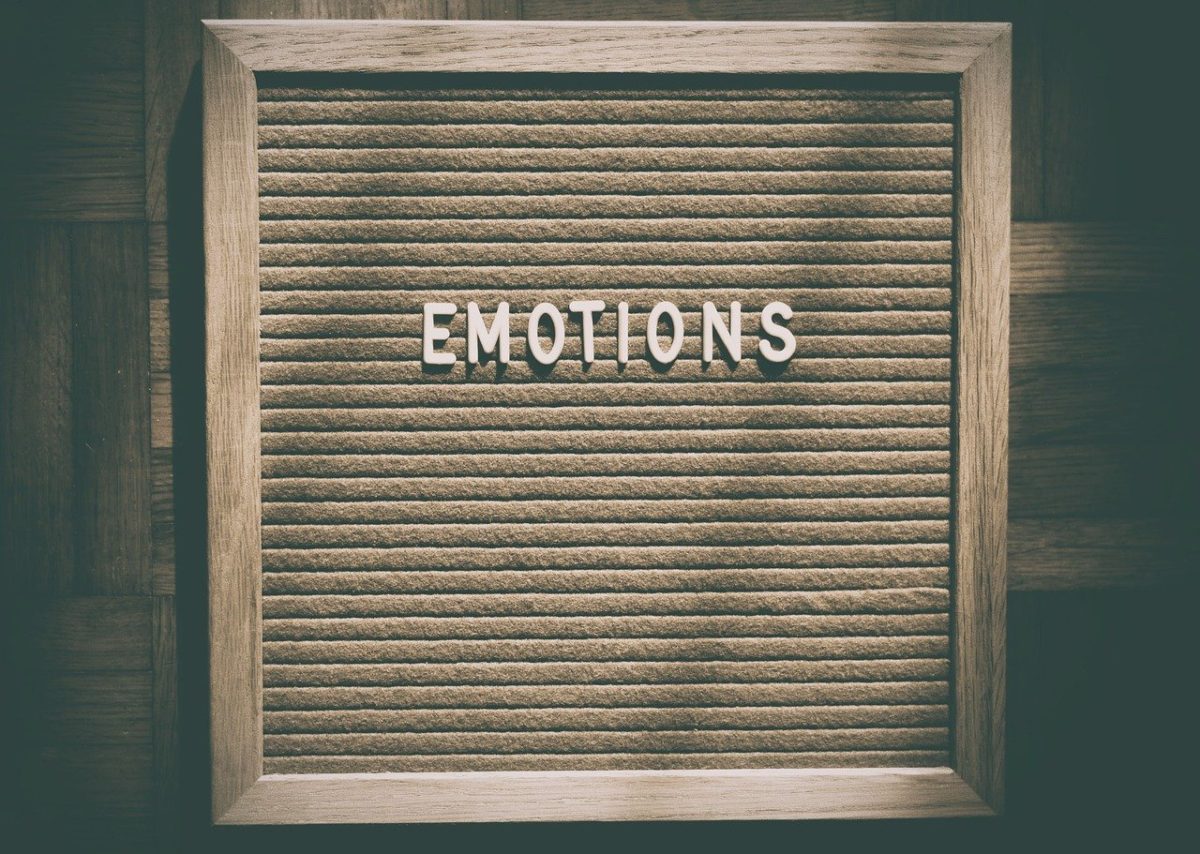Article on Janice Hardy’s Site
“Tapping into the hidden emotions and subtext of a scene is a wonderful way to pull readers into that scene. Becca Puglisi visits the lecture hall today to share her tips on creating subtext and using vocal cues to show the hidden emotional layers of your characters.” ~Janice Hardy
http://blog.janicehardy.com/2019/01/using-vocal-cues-to-show-hidden-emotion.html
Becca Puglisi, Contributor
Article date: January 24, 2019
The contributor is Becca Puglisi, author of The Emotional Thesaurus and many other works for writers/authors.
Visit Becca’s Writers Helping Writers blog and her One Stop for Writers, an online library created to help writers elevate their storytelling (for-pay content after a Free Trial period).
What Are Vocal Queues?
Becca says that “vocal cues are shifts in the voice that happen when someone is feeling emotional.”
Vocal Queue Examples
I love how Becca used The Hobbit for her example. For me, it’s a timeless story that’s in my top five (5) beloved books.
Becca reminds us of “The Unexpected Party” chapter at the book’s beginning. Bilbo Baggins’ emotions over the dwarves’ untimely visit (and very hungry bellies) don’t show up in his spoken words. And yet, we readers know exactly how frustrated Bilbo feels while he comes across as an accommodating host to the guests seated at his table. Becca writes:
“The interactions between Bilbo and the dwarves in this scene ring true precisely because of all the subtext—the contrast between what the character says and what he’s really feeling or thinking. This subtext is a normal part of most real-life conversations; for this reason alone, it should be included in our characters’ interactions.”
I recommend you read the full article to learn more. Becca is an effective educator and communicator.
How to Write Vocal Queues
But, how do I do this? Becca provides a road map:
“While we may be able to hide our feelings by masking our facial expressions and minimizing certain body language giveaways, the voice is harder to control. In a written scene, these vocal fluctuations can act like signposts, leading the reader to the conclusions you want them to draw about the character’s true emotional state.
So when you need to show that a character is hiding their feelings from others, consider the following vocal cues.”
Vocal Queues Road Map
Her road map for these vocal fluctuations covers (details in her article):
-
- Pitch
- Volume
- Tone
- Speech patterns
- Word choice
- Nonspeech interruptions
Next Steps
I will pull out my copy of The Hobbit and flip to “The Unexpected Party” chapter. I’ll re-read the scene with the mindset of a vocal queues student. I’ll study Tolkien’s literary devices, that is, how he describes Bilbo’s actions, gestures, and the vocal fluctuations in his words at the breakfast scene with the dwarves.
Becca also recommends using her Deception in Dialog Tip Sheet on her One Stop for Writers website. I’ll also read her book The Emotional Thesaurus to improve my writer’s narrative glossary/dictionary.
Then, I’ll take passages from my novel WIPs and practice, practice, practice. I’ll submit the drafts for critiques to the members of my online writing community (Scribophile) and gauge how I did with vocal queues based on their feedback.
And…maybe I’ll order this t-shirt….
https://www.snorgtees.com/t-shirts/typical-daily-meals
Your Turn
What do you think of Becca’s approach to vocal queues? How have you practiced the art of drawing readers emotionally into your scenes? Please share, as I’d enjoy learning from you.
Image credit: Alexas_Fotos on Pixabay.com
